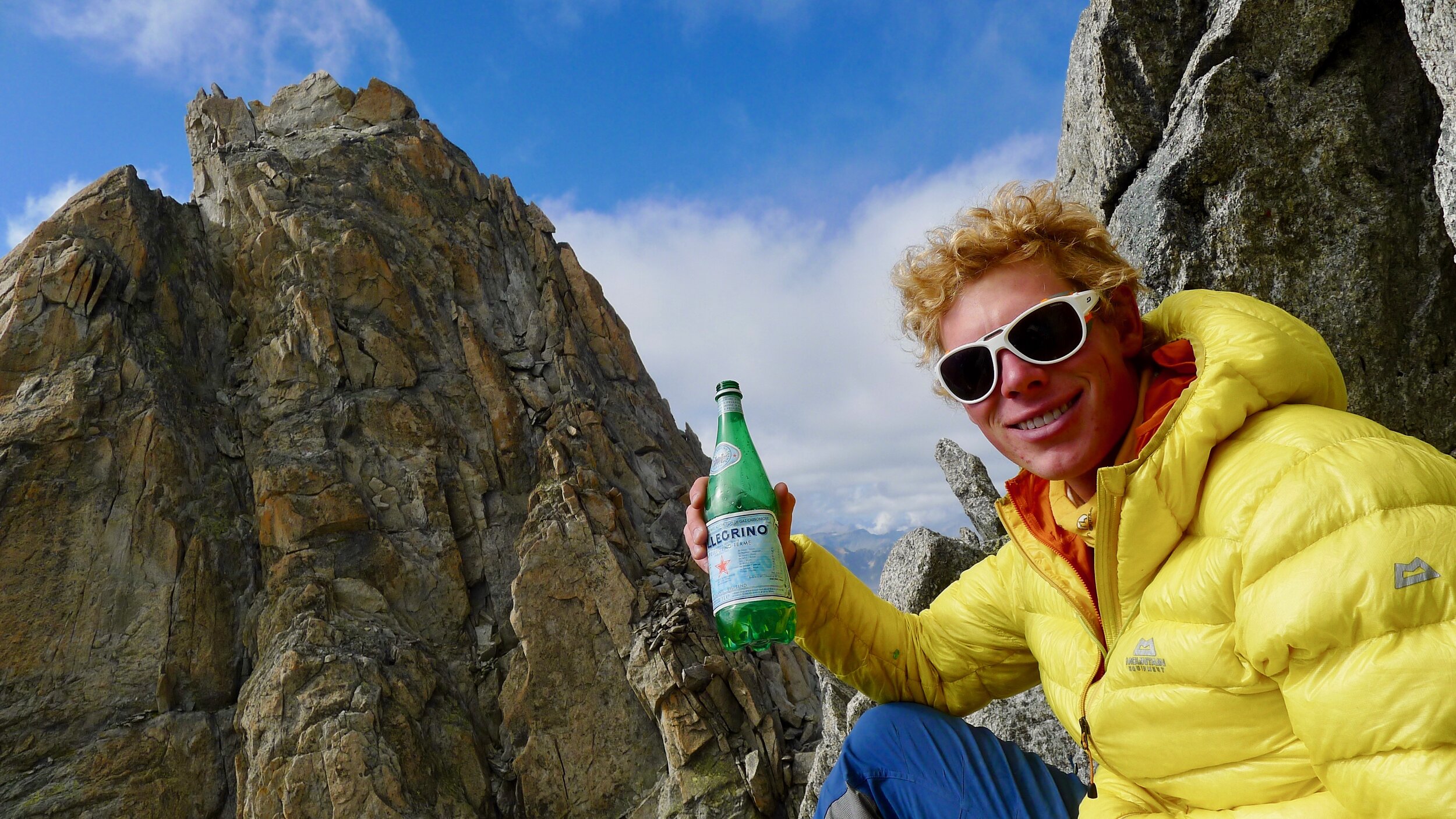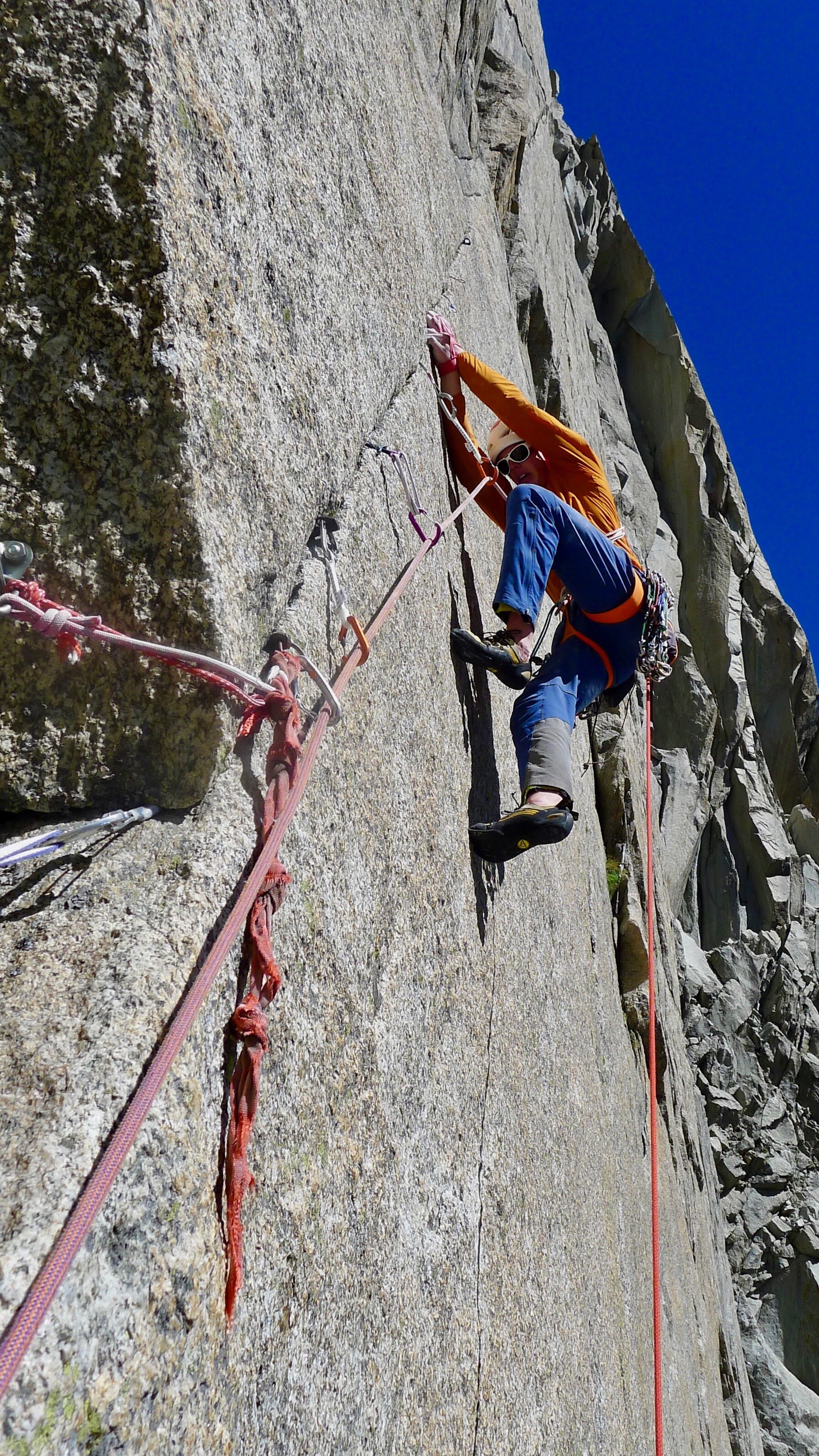Julbo Sunglasses
Why eye protection is a must in the mountains
by Tom Livingstone
Photos: Tony Stone
Simply being in the mountains is brilliant - from a windy day in Scotland to perfect alpine peaks, it all feels special and enjoyable. The best moments are when it’s clear blue skies, bright sunshine and calm; we can experience and appreciate the mountains at their most picturesque. However, with the intensity of colours and extra brightness of sunlight, it’s much more important to protect our eyes. This is especially obvious in snow: the glare of the sun’s reflected rays instinctively makes me blink. Solar radiation is also much stronger in the mountains. Our vision is very precious, and being in the mountains subjects our eyes to a lot of potential damage - some of which could be permanent. The right sunglasses provide protection and improve vision.
Solar radiation, UVA and UVB rays are all harmful. Higher altitudes allow more solar radiation to pass through the atmosphere, subjecting our eyes to more potential damage. This is the same for Ultra-violet (UV) rays, which can burn skin or damage vision quickly. Even at an altitude of 4000m - similar to the Aiguille du Midi in the Mont Blanc massif - there’s 2.5 times more solar radiation that and sea level and at even 2000m the radiation level is still 1.5 times higher. The ozone layer also changes according to the season; radiation levels fluctuate by up to 25% throughout the year.’
Of course, the mountains aren’t always sunny - but 50% of the sun’s radiation can pass through fog and some types of cloud. We also subject our eyes to this intensity day after day - think of a long alpine route. In winter, I usually take a day to approach, a couple of days on the climb, and then a day to descend back to the valley.
Choosing sunglasses should therefore start with the correct lens to protect your eyes. They range from Clear to Category 4, depending on the amount of light they allow through (known as the ‘VLT’). Lenses can also be fixed, or change and react to the light. Photochromic lenses react to the light levels (particularly useful in the mountains); polarised lenses reduce glare from snow or water; and anti-fog keeps the lenses clear from condensation. Choosing the right lens depends on where and why you’ll be using the sunglasses. A quick run in the fells, with clouds overhead? Category 2 should suffice. A multi-pitch climbing route in the sun? Fixed Category 3 lens are perfect. Extended alpine routes and those venturing into the higher mountains a Category 4 lens is essential, in mixed weather? Consider a lens which changes to suit the varied light levels, such as Julbo’s Reactiv High Mountain Lens: which offers protection from Category 2 to 4, and is also polarised.
Other features are important to consider: how large are the lenses, and how do the sunglasses fit? I prefer a wide lens, to give me the best possible field of vision. Side shields are vital for mountain-based activities to prevent light entering via the sides rather than through the lenses. ‘I also use adjustable straps to make sure the glasses stay securely in place.’
My preferred sunglasses for alpine routes are the Julbo Explorer 2.0. with photochromic Cat. 2 to Cat. 4 Reactiv High Mountain lenses, and anti-fog, which is ideal. The light constantly alters in the mountains and these lenses immediately adapt. They give a broad view so I can look down to my feet, and look up at the pitch above, as well as large side shields to give me total protection and soft arms so they don’t create pressure points. They were perfect for the American Route on the Aiguille du Fou last summer.
Tom Livingstone is a climber and writer based in North Wales. He is sponsored by Julbo.



